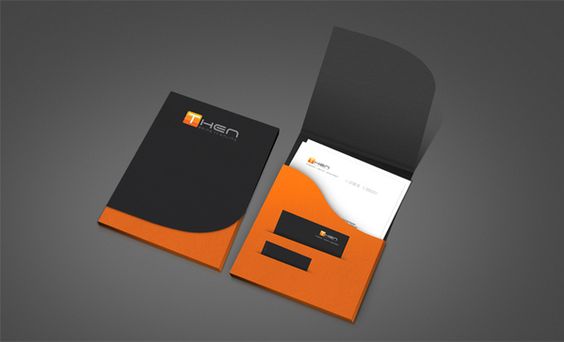Customer Segmentation Research
Indeed, being everything to everyone is not feasible. Customer segmentation research enables you to develop a comprehensive understanding of the distinct segments within your product and service category. This insight helps identify your best target audience and formulate strategies to engage and persuade them to make a purchase. With customer segmentation research, you can tailor your brand messaging, positioning, and go-to-market plans to effectively resonate with the specific needs and preferences of your target segments, increasing the likelihood of customer acquisition.
In Depth Surveys
The groundwork for customer segmentation research is laid through meticulous survey design. We carefully consider various demographic, psychographic, and behavioral elements that may impact distinct customer segments. Ensuring that these elements are captured within the research design is crucial for obtaining comprehensive data that can inform a nuanced understanding of the diverse customer segments within your target audience.

Detailed Segments
Customer segmentation research has the potential to reveal six or more distinct groups that engage with your product category. This not only allows you to visualize the diverse range of buyers in the market but, more importantly, helps identify the groups that align as ideal customers for your business. Understanding these unique segments empowers you to tailor your strategies to effectively attract, engage, and retain the customers that are the best fit for your product or service.

Brand Impact
The outcomes of customer segmentation work provide in-depth insights into the factors that capture people's interest in a product or service, as well as the obstacles preventing them from making a purchase. This valuable information enables you to craft tailored positioning and messaging. It also guides the development of specialized products or services that address the specific needs and concerns of different customer segments. Ultimately, this approach helps cut through the ambiguity and effectively resonates with the varied motivations and barriers within your target audience.

Methods

CAPI
Computer Assisted Personal Interviews (CAPI) is a method of collecting information face-to-face, where the interviewer uses a tablet, mobile phone, or computer to record responses during the interview.

CATI
Computer Assisted Telephone Interviewing (CATI) is a research methodology that uses software to assist interviewers in conducting telephone surveys. With CATI, interviewers follow scripts displayed on computer screens that contain questions and answer options. As respondents provide answers, interviewers enter them directly into the computer system

CAWI
Web survey is part of a methodology based on presenting survey questions to respondents through a survey link, panel, or website. It is considered the most cost-effective way to collect survey data, as it eliminates the need for CATI or CAPI interviews, devices, or additional tools. For all these reasons, internet surveys (also known as online surveys) are one of the most widely used methods for data collection. When you choose the CAWI market research and data collection method, all attention is focused on the design of the survey questionnaire, as the response rate directly depends on the quality of the survey

Desktop Research
Desktop Research, also known as secondary research, is a method of gathering information and insights by analyzing and synthesizing existing data and sources, rather than collecting initial data through fieldwork or surveys. This method involves exploring reports, articles, research papers, and other publicly available materials to obtain valuable knowledge and make informed decisions. Desktop Research can take the form of web searches, online platforms, industry reports, or even physical books. While these sources may not always provide comprehensive answers, they can offer valuable pieces of information to address your questions.

Focus Group
Focus Group, carefully selected participants who are gifted with the ability to contribute to open discussions, serves as a small group identified for research purposes. The hosting organization meticulously selects participants to represent the broader population they are targeting for their research. The group can explore new products, feature updates, or other intriguing topics to generalize reactions of the entire population. A moderator is included in this research. Their job is to ensure objective results and minimize bias in discussions. Focus Groups are used in Qualitative Research. Typically, a group of 6-10 individuals, usually consisting of 8 members, gathers to explore and discuss a topic such as a new product. The group shares their opinions, knowledge, and ideas related to the discussed topic. Participants openly share their thoughts and are independent in convincing other participants of their ideas. The facilitator records the discussions and ideas of the group members. The right group members influence the outcomes of your research, so it's crucial to be selective when choosing participants.

Ethnographic research
Ethnography is a qualitative method commonly used in social and behavioral sciences for collecting data. Information is gathered through observations and interviews, and then used to draw conclusions about how communities and individuals behave. Ethnographers observe life as it is, rather than trying to manipulate it in a laboratory setting.

Deep interviews
These are face-to-face interviews where you can have lengthy conversations with individuals in their homes or other suitable private locations. Alternatively, it can be conducted online through programs like Skype or over the phone. This allows individuals to feel comfortable discussing sensitive topics and helps gather more insights. A discussion guide is needed to assist these interviews, with a relatively unstructured list of topics to be covered. The person moderating these interviews should be skilled in determining the success of the research, as they can delve deeper into the discussion beyond the general topic questions outlined in the discussion guide and sometimes steer the discussion off-topic. Unlike standard surveys, only a few interviews are required for research because the goal of this technique is to understand and contextualize the topic better rather than evaluating specific instances with numbers.